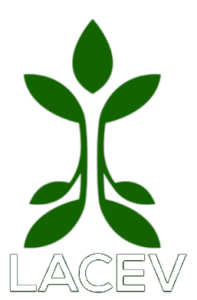TITLE
Electrome alterations in a plant-pathogen system: Toward early diagnosis
ABSTRACT
This work aimed to verify the existence of patterns on the electrophysiological systemic responses of tomato plants inoculated with a pathogenic fungus in an environment with controlled light and temperature. Electrical signalling was measured before and after inoculation in the same plants, and data were analysed with time series techniques and approximate multi-scale entropy (ApEn). Machine learning algorithms were utilised in order to classify data before and after infection throughout the five days of experiments. The obtained results have shown that it is possible to distinguish differences in the plant’s electrome activity before and after the fungus inoculation. In some cases, we have found scale invariance quantified by the power law decay in the distribution histogram. We also found a higher degree of internal organisation quantified by ApEn. The results of the classification algorithms achieved higher accuracy of infection detection at the initial stage of pathogen recognition by the plant. Besides, this study showed evidence that long-distance electrical signalling is likely involved in the plant-pathogen interaction, since signals were obtained in the stem and the inoculum applied on the plant leaves. This might be useful for the early detection of plant infections.
AUTHOR
Francine Zaiosc Simmi, L.J Dallagnol, A.S Ferreira, D.R Pereira e Gustavo Maia Souza
JOURNAL
ScienceDirect
- DOI
- 10.1016/j.bioelechem.2020.107493
URLS
https://www.sciencedirect.com/science/article/abs/pii/S1567539419307200

